Welcome back, class.
The Lord of the Rings is a sequel. Sure, it’s the more important and more famous sequel, but it is built on the backbone of another story: The Hobbit. I agree with the makers of the 50-books list that The Lord of the Rings is a story you need to read before you die, but The Hobbit came first, and it belongs on the list for that reason alone—without it, there would be no Lord of the Rings. It also happens to be a great story, with interesting characters and an amazing plot, worth reading in its own right.
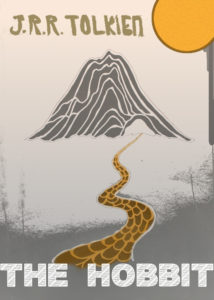 Unlike The Lord of the Rings, The Hobbit is a children’s novel—the story is simpler, with the same feel as The Wind in the Willows or Alice’s Adventures in Wonderland. But it doesn’t sacrifice the depth of Tolkien’s fantasy world by being kid-friendly; Middle-Earth is more extravagant and complete than Narnia, Neverland, and Oz combined. The only difference in The Hobbit is that it’s for all ages.
Unlike The Lord of the Rings, The Hobbit is a children’s novel—the story is simpler, with the same feel as The Wind in the Willows or Alice’s Adventures in Wonderland. But it doesn’t sacrifice the depth of Tolkien’s fantasy world by being kid-friendly; Middle-Earth is more extravagant and complete than Narnia, Neverland, and Oz combined. The only difference in The Hobbit is that it’s for all ages.
And despite this major difference, unsurprisingly, most of the themes and characters are the same in both books. Bilbo Baggins, Gandalf the Grey, and Gollum are the major characters that appear in both stories, and Bilbo obtaining the ring changes the fate of every character in The Lord of the Rings. I like to think that the books themselves mirror one of the novels’ major themes, that the smallest creature or character can change the world—The Lord of the Rings wouldn’t have been possible without the efforts of this one little children’s book.

Author J. R. R. Tolkien
Tolkien also contrasts the spirit of adventure with the longing for home in both stories. Bilbo’s adventure to save the dwarves’ home, his fear of going on an adventure at all, his delight at the comforts of home and his desire to return . . . Tolkien captures it beautifully. It’s early writers like Tolkien, who sold universal themes like these with hobbits and dwarves—just like other authors who sold them with talking animals, magical portals, and villainous monsters—that made fantasy popular for children and adults.
Oh, a hand up in the back—you ask, why read The Hobbit at all if it’s exactly like The Lord of the Rings, but for kids? We’ve already read one, why read the other?
If you don’t like reading, fine, don’t read The Hobbit. But if you enjoyed The Lord of the Rings and haven’t read The Hobbit, it’s certainly worth trying! And even though they are remarkably similar—like any two books written by the same author—these aren’t the same story. There are plenty of new characters, interesting and suspenseful situations, more witty and cheesy dialogue, all wrapped up by an exciting and heartfelt adventure. I wouldn’t say it’s better than The Lord of the Rings, but it’s definitely just as good.
It’s also easier and shorter.
Like I mentioned last week, I’m reading To Kill a Mockingbird now. It’ll be book #25!!
Until then, have an excellent week.
Prof. Jeffrey
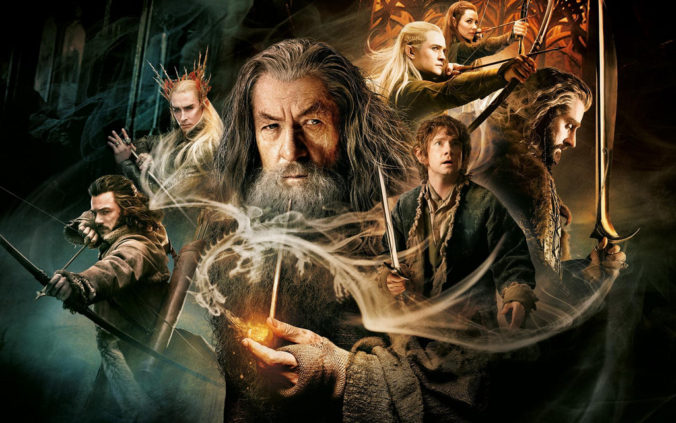
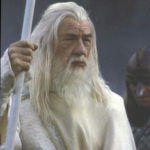

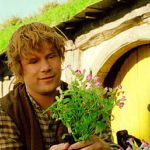
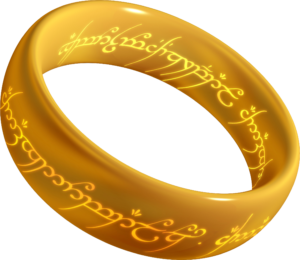
Recent Comments